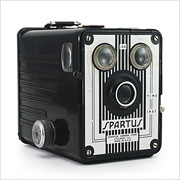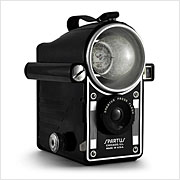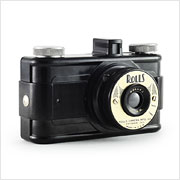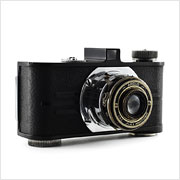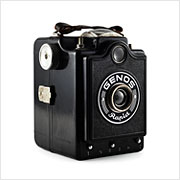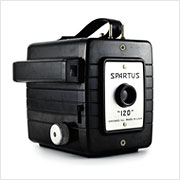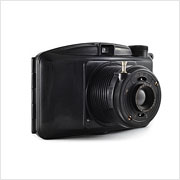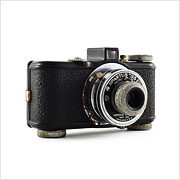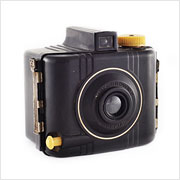Spartus Box 120
The Spartus Box 120 is just one in a series of no-frills box cameras introduced by Spartus in the early 1940s (not to be confused with the similarly named but clearly different Spartus 120 of the 1950s). Designed to accommodate 116, 120, 616, or 620 roll films, these models are virtually identical outside of the designated film format and faceplate design.

